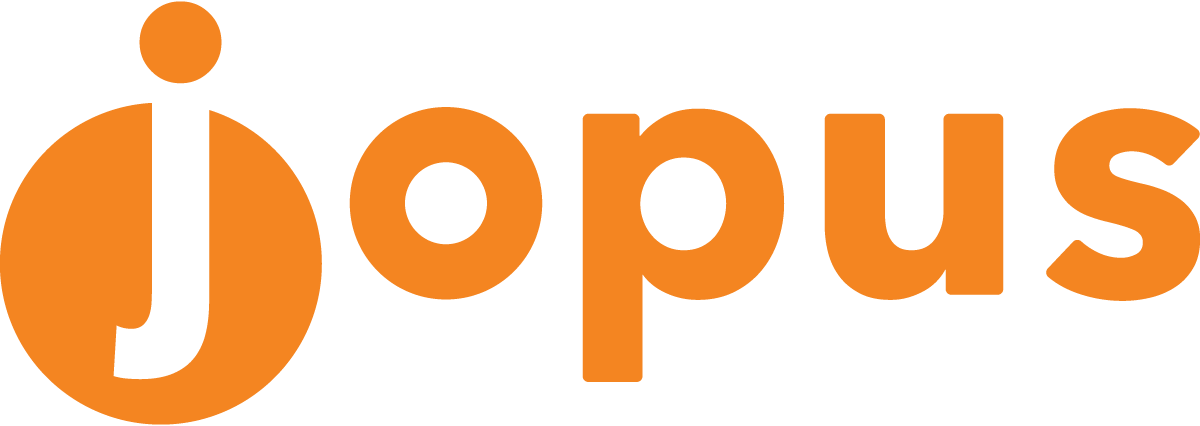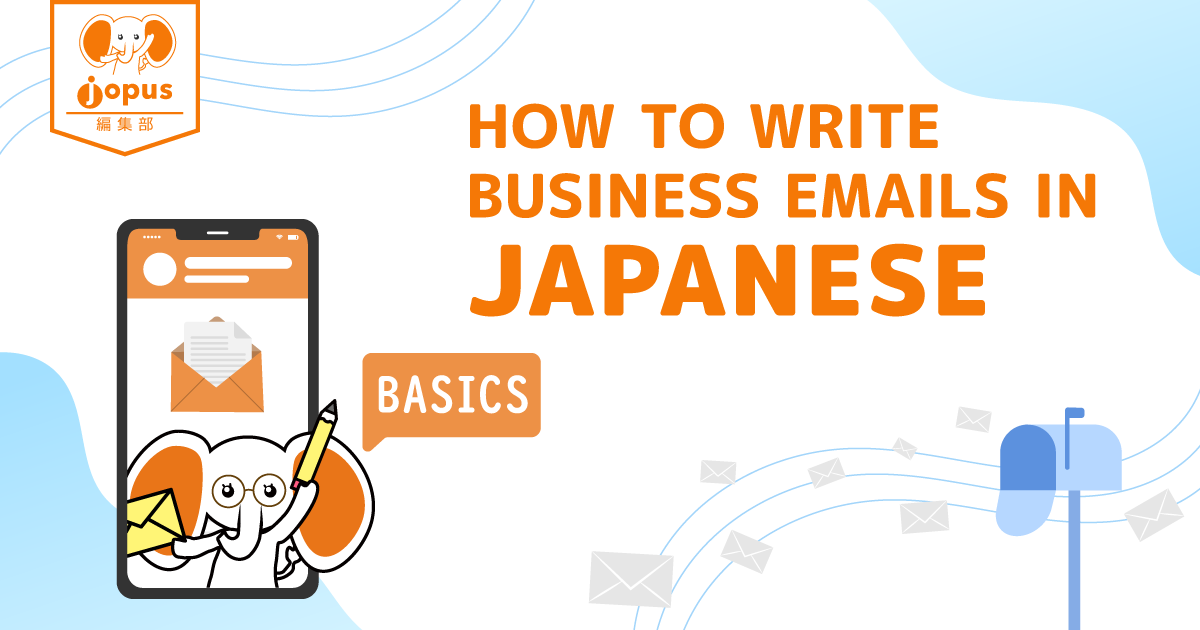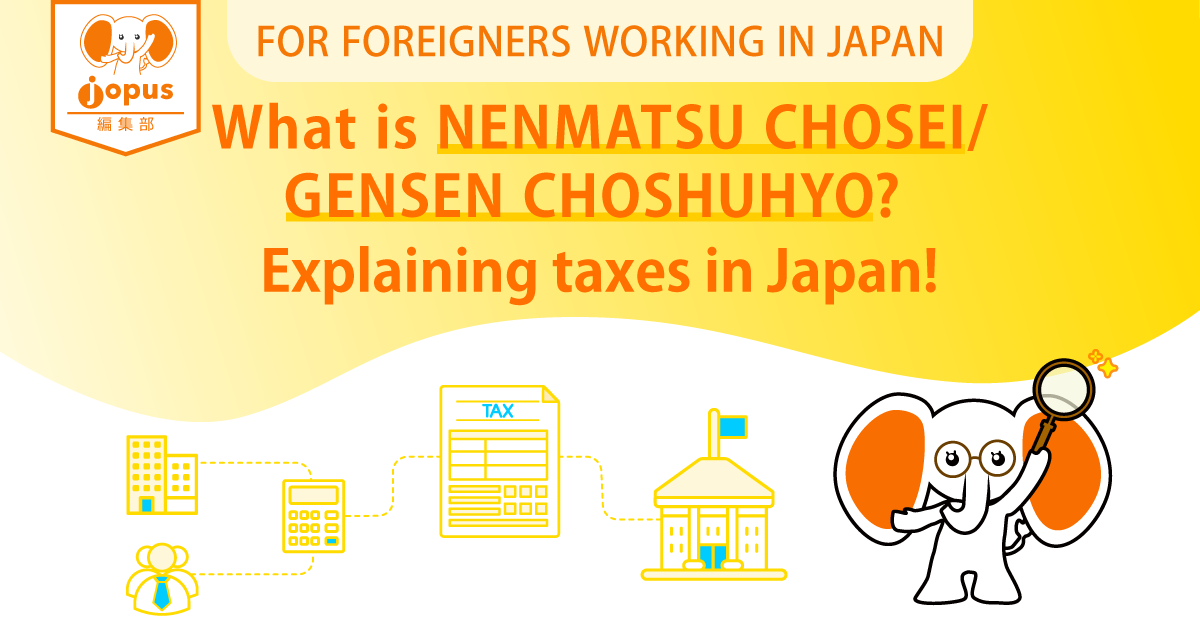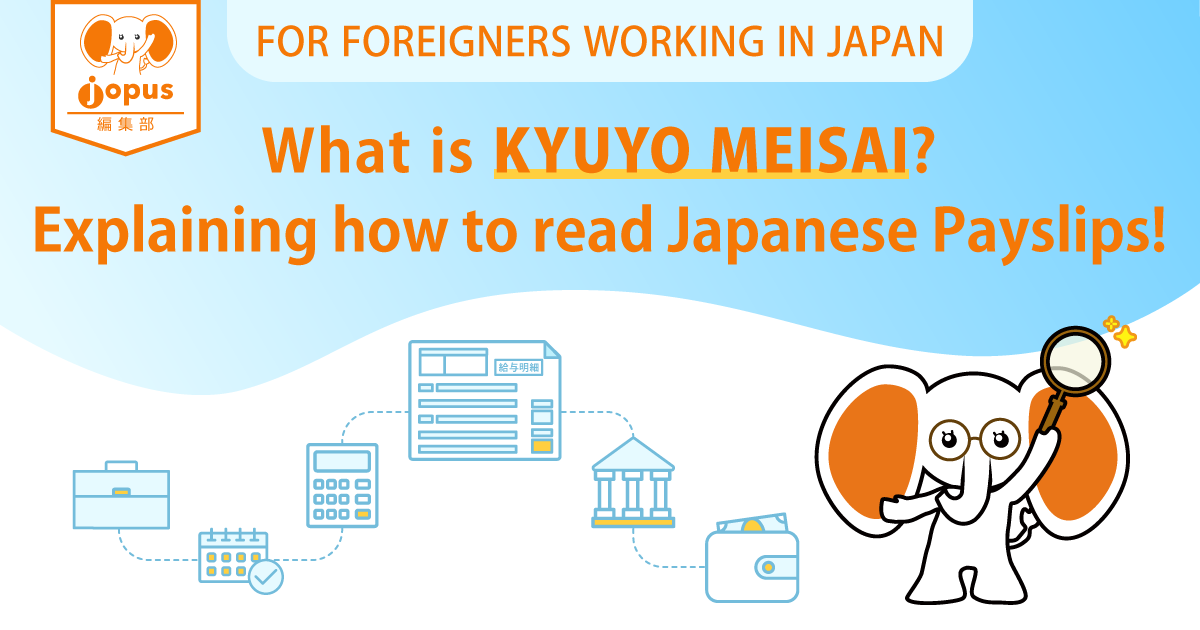It is essential to learn how to write business emails when you work in Japan. Business emails have different expressions and manners from spoken words, so this article introduces you to the basics of business emails for foreigners and new employees who work in Japan for the first time.
Email examples

Subject
The subject must be stated and simply and clearly so that the reader can understand what the message is about at a glance. To make the recipient understand the message easily, state your company name and subject clearly such as “Subject: [your company name] About XXX”. It is recommended that you refer to your senior colleague’s email subjects, as the rules for email subject vary depending on the industry and company.
Recipient’s name
Write the recipient’s name at the top of your message. If you are sending a message to someone outside your company, write the recipient’s company name, division (+position), name (with sama) in this sequential order. In your first message to the recipient, it is preferable to write the recipient’s information accurately such as “Co., Ltd.“ and division name. You can copy the company name and the position from the name cards or signatures.
Greetings
After the recipient’s name, write your name and company name so that the recipient knows who you are. It is common to begin with “Osewa ni natte orimasu” (thank you for your patronage)” but other greetings may be helpful, too.
- お世話になっております。株式会社〇〇(社名)の〇〇(名前)です。
This is the most commonly used greeting. - 平素より大変お世話になっております。株式会社〇〇(社名)の〇〇(名前)です。
This is a more formal greeting than “Osewa ni natte orimasu“. - ご返信ありがとうございます。株式会社〇〇(社名)の〇〇(名前)です。
It is used when there are several emails in a row. - いつもご愛顧いただき、誠にありがとうございます。株式会社〇〇(社名)の〇〇(名前)です。
It is used for business partners and customers who make orders and requests to you on a regular basis.
Closing remarks
Closing remarks are phrases that should be included at the end of your message. It means the same as “Best Regards” in English. Typical ones are “Kongo tomo nanitozo yoroshiku onegai itashimasu(今後とも何卒よろしくお願いいたします。)” “Hikitsuduki yoroshiku onegai itashimasu(引き続きよろしくお願いいたします。)” (Thank you for your continuous support) and “Gokentou no hodo yoroshiku onegai itashimasu(ご検討のほどよろしくお願いいたします。)” (Thank you for your consideration).
Signature
Write your signature so that the sender’s information is clear. Include your company name, division name (position), your name, address, phone number (along with a mobile phone number if there is one) and email address clearly. If you are a foreign national, it is recommended to write your name both in alphabet and katakana to make it easier to understand. In addition, it is also advisable to check with your company internally, as some companies may write their signature in a uniform manner.
Email examples(Copy OK)
件名:【Jopus Agent】見積もりのお問い合わせについて
株式会社〇〇〇〇
第1営業部 マネージャー
〇〇〇〇 様
お世話になっております。
株式会社Jopus Agent のMary Smithです。
先日お問い合わせいただいた新サービス「Jopus Basic」のお見積りをお送りいたします。
=================================================
・契約期間 :2020年12月1日~2021年5月30日(6ヵ月間)
・アカウント数:3アカウント
・プラン :ベーシックプラン
・価格 :月額150,000円~(税別)
=================================================
詳細資料と見積書を合わせて添付ファイルにて添付させていただきます。
ご査収のほどよろしくお願いいたします。
ご不明点ございましたら、お問い合わせください。
今後とも何卒よろしくお願いいたします。
————————————————————
株式会社Jopus Agent 営業部
Mary Smith (メアリー・スミス)
〒100-0000
東京都千代田区神田須田町1-18 アーバンスクエア神田ビル7F
TEL:03-0000-000
MOBILE:070-0000-0000
MAIL:abc@jopus.co.jp
————————————————————
Key points for Japanese business emails
State you message simply
When you have a lot of information, your sentences tend to be long. Try to write the message as simple and clear as possible, because long sentences are difficult for the reader to understand. If you need to put a lot of information, it is recommended to use bullet points to make it easier to understand.
【Sample】
日程:2020年11月10日(火)10:00~12:00
場所:貴社(東京都新宿区~)
参加者:営業本部 マネージャー 田中、営業本部 メアリー
内容:新サービスのご提案
Use symbols well
Symbols and diagonal lines can be used in headings to help the reader to understand your message. Using “!” and “?” often is not a breach of manner but it may give a casual impression for an external email, so it is best to avoid them.
【新サービスのご提案について】
【1】~~~~~
【2】~~~~~
【3】~~~~~
お打ち合わせの詳細をお送りします。
——————————————-
日程:2020年11月10日(火)10:00~12:00
場所:貴社(東京都新宿区~)
——————————————
Confirm typographical errors before sending
Make sure to check that there are no typo errors before sending your message. Typo errors can have a negative impact on the recipient, and in some cases lose the recipient’s credibility with you. Always read through the text again by yourself before sending it, because typo errors, especially misspelling numbers will make you resend a correction email.
Register frequently used sentences in a dictionary
Register frequently used sentences such as “Thank you for your patronage. We are XX Company.” or “Thank you for your continuous support” to your PC which you usually use. It will make it easier for you to type them and also prevent misspellings. Registration method differs depending on PCs, so it is good to search how to do it.
Conclusion
In this article, we introduced the basics of business email. Unlike spoken words, business emails have many Japanese expressions that you may not know until you become a company employee. This is not just for foreigners but also for the Japanese new graduates. You can gradually learn them as your work, so it is recommended to have internal help such as asking your senior colleagues to check your business emails every time, until you get used to them.
Learning Japanese
Business Japanese
List of ways to look for jobs in Japan
- Recruitment Agency for Expats in Japan
- Job Board for Expats in Japan
- Search for jobs by occupation in Japan
- Search for jobs by industry in Japan
Job Hunting Guide for International Students














